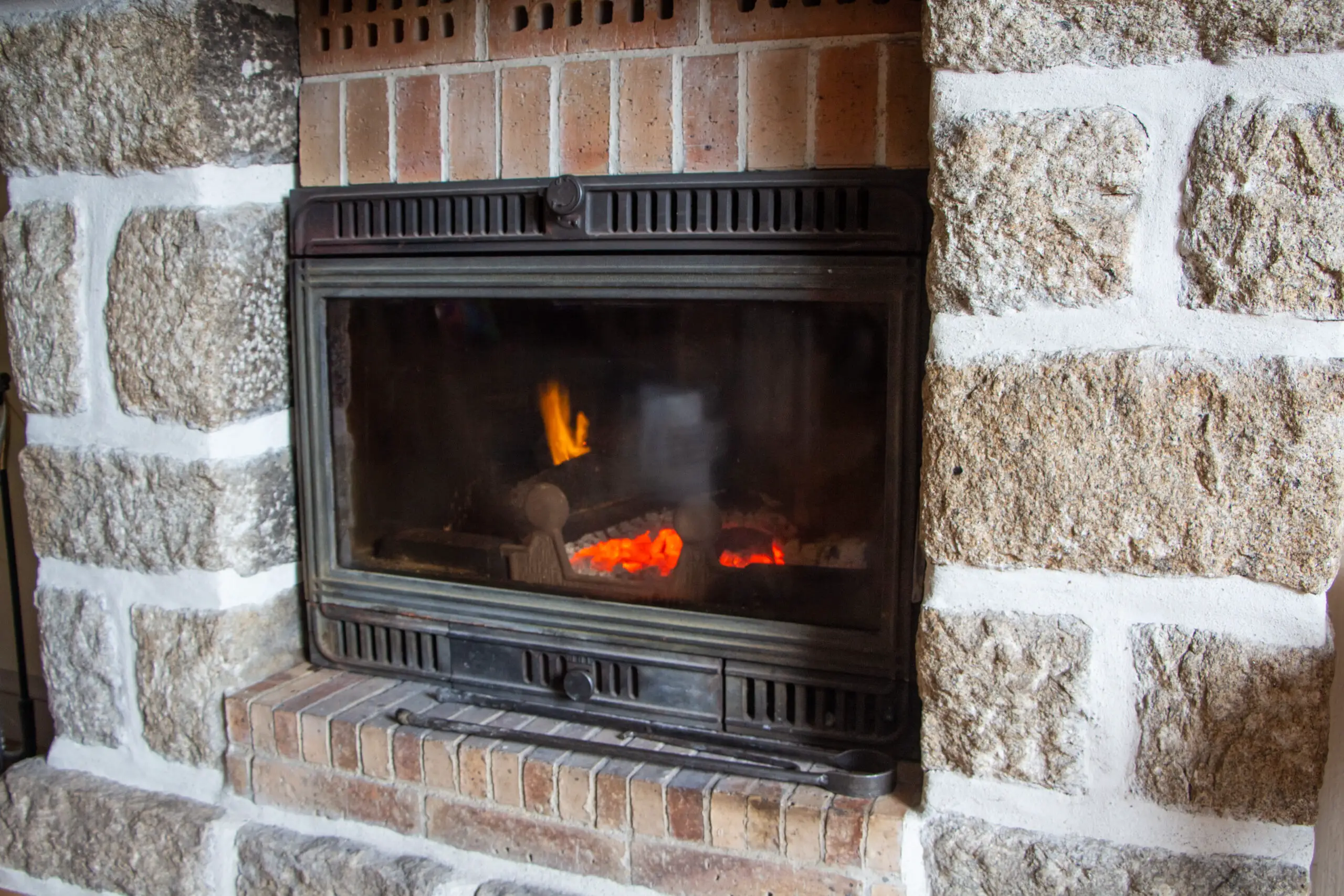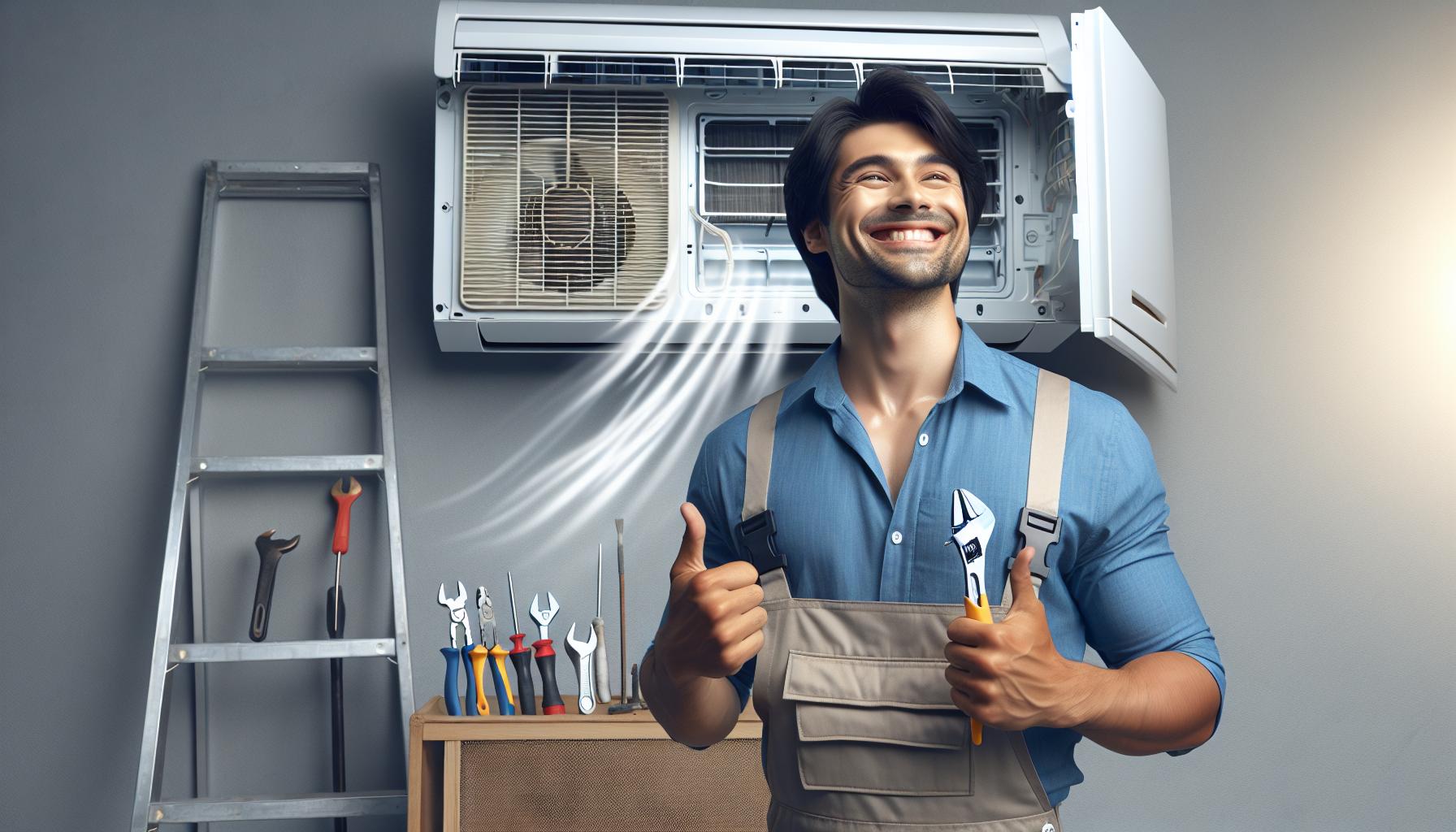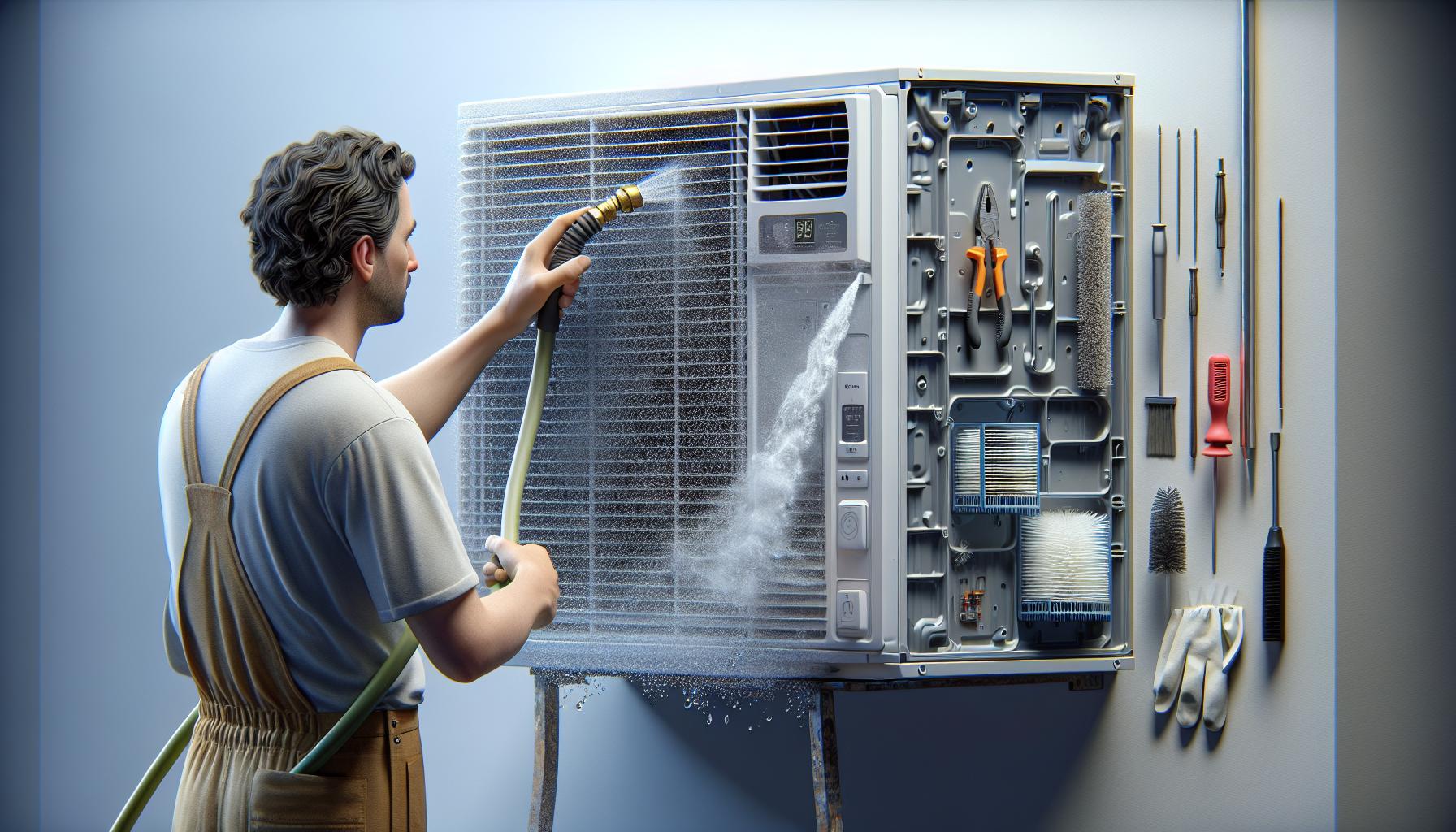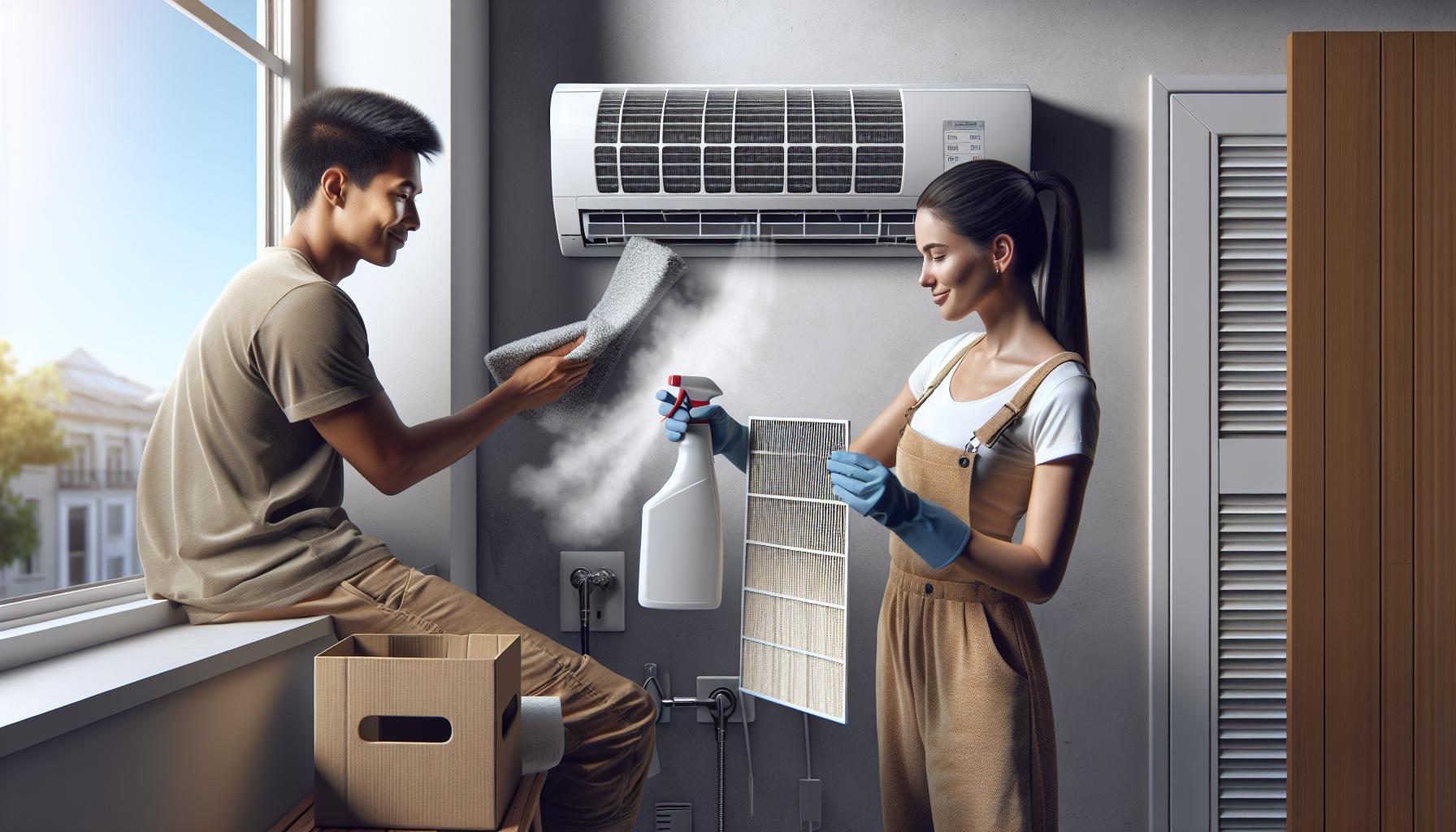Feeling the chill? You’re probably considering a cozy fire to warm up your home. But with options like gas fireplaces and inserts, it’s easy to get tangled in the decision-making process. Don’t worry; you’re about to get a clear breakdown of the pros and cons that’ll help you decide which suits your space and lifestyle best.
Gas fireplaces offer the charm and warmth of a traditional hearth with modern convenience, while inserts can transform your existing wood-burning fireplace into a more efficient gas-powered one. Ready to find out which one will have you snuggled up in comfort? Let’s dive in and stoke the flames of knowledge together.
Gas Fireplace vs Insert: Exploring the Differences
When deciding between a gas fireplace and an insert, understanding the distinct features of each is essential. A gas fireplace is a complete unit designed to fit into the structure of your house without an existing fireplace. An insert is made to be installed into an existing wood-burning fireplace to convert it to gas.
Installation and Construction
- Gas Fireplaces:
- Inserts:
Aesthetics and Design
Gas fireplaces offer a wide range of modern designs, bringing a contemporary aesthetic that can transform the feel of a room. Inserts, while functional, are limited in style by the existing fireplace dimensions but can provide an upgraded look with various faceplate and surround options.
Heating Efficiency
- Gas Fireplaces:
- Inserts:
Maintenance and Upkeep
Both options require less maintenance than wood-burning alternatives. Gas fireplaces and inserts need periodic inspections and cleaning of the venting system to ensure everything operates safely and efficiently.
Energy Consumption and Costs
When comparing gas fireplaces to inserts, you’ll need to consider the ongoing operation costs. Though the initial investment might be higher for gas fireplaces, the efficiency and heat output can balance the cost over time. Inserts can be more cost-effective initially and are an excellent option for those looking to improve an old fireplace’s performance without a total overhaul.
Pros and Cons of Gas Fireplaces
When weighing your options between gas fireplaces and fireplace inserts, understanding the advantages and disadvantages is crucial. Gas fireplaces are a contemporary solution designed to meet both aesthetic and practical needs.
Advantages of Gas Fireplaces
- Ease of Use: With the flick of a switch, your gas fireplace roars to life providing immediate warmth and ambiance without the need for stacking logs or sweeping ashes.
- Consistent Heating: Regardless of local weather conditions, a gas fireplace provides steady and reliable heat, which can be controlled with a thermostat for consistent comfort.
- Design Versatility: You’ll find gas fireplaces available in a vast array of styles, from traditional to modern, fitting seamlessly into your home decor.
- Clean Burning: Compared to wood-burning fireplaces, gas alternatives emit fewer pollutants, making them an eco-friendlier option for your home.
Disadvantages of Gas Fireplaces
- Installation Requirements: Gas fireplaces involve more complex installation processes which often require remodeling and professional help.
- Dependency on Utilities: Your gas fireplace’s functionality is tied to your home’s gas supply; an interruption can leave you without heat.
- Cost Factors: The initial setup cost for a gas fireplace is generally higher due to design choices, installation fees, and necessary venting systems.
Understanding these factors will help you determine whether a gas fireplace aligns with your home’s needs and your lifestyle preferences. Keep in mind that while the upfront costs may be significant, the long-term benefits could outweigh the initial investment, especially when you consider the efficiency and lower maintenance requirements.
Pros and Cons of Inserts
When weighing up the option of fireplace inserts, it’s crucial to explore both the advantages and drawbacks. Fireplace inserts are designed to fit into an existing fireplace, converting it into a more efficient heat source.
Benefits of Fireplace Inserts
- Energy Efficiency: Inserts are renowned for their ability to retain heat. Unlike traditional fireplaces that lose most of their heat up the chimney, inserts trap the heat and distribute it into your room.
- Cost-Effective Heating: Over time, the improved energy efficiency can translate into significant cost savings on your heating bills. You’re able to heat the same space with less fuel.
- Reduced Emissions: Modern inserts are engineered to burn clean, significantly reducing the amount of smoke and pollutants released into the atmosphere.
- Versatile Fuel Options: With a choice between wood, gas, and pellet inserts, you can select a fuel source that’s readily available and fits your lifestyle.
Drawbacks of Fireplace Inserts
- Installation Requirements: Professional installation is necessary for safety and optimal performance, which can add to the upfront cost.
- Maintenance and Cleaning: Inserts still require regular maintenance such as ash removal and chimney cleaning to ensure safe operation.
- Aesthetic Limitations: While inserts can offer a variety of designs, they may not match the traditional look and feel of an open fireplace that some homeowners prefer.
Evaluating the pros and cons of inserts in the context of their ease of use and operation as compared to gas fireplaces is key in making an informed decision that suits your home’s needs and your personal inclinations.
Factors to Consider When Choosing Between a Gas Fireplace and an Insert
When selecting a heating solution for your home, it’s essential to weigh various factors to determine whether a gas fireplace or an insert best meets your needs. Energy efficiency, overall costs, installation process, and the aesthetics of your living space are pivotal points to mull over.
Energy Efficiency
Gas fireplaces are renowned for their high efficiency. They effortlessly warm up your room without the extensive heat loss associated with traditional wood-burning fireplaces. On the flip side, inserts can transform an inefficient open fireplace into a more economical heat source by sealing the existing space and reducing heat escape.
- Gas Fireplace: Up to 90% efficiency rating
- Insert: Can improve efficiency by about 65-80%
Installation and Costs
A gas fireplace’s installation might seem steep at first glance but consider the long-term savings due to lower operating expenses. Inserts may have a lower initial cost, but installation complexities can add up, especially if modifications to your existing fireplace are necessary.
Aesthetic and Design Considerations
Your home’s decor and design aspirations significantly influence your choice. Gas fireplaces offer a modern touch with various customizable designs, while inserts typically maintain the traditional look of your existing fireplace but with a sleeker finish.
Home Value and Resale Prospects
Investing in a fireplace upgrade can bolster your property’s allure when it comes time to sell. Prospective buyers appreciate the added comfort and convenience of a gas fireplace or the enhanced efficiency offered by an insert.
Utility and Fuel Availability
Accessibility to natural gas or propane in your area could be the deciding factor since gas fireplaces require a consistent fuel supply. Inserts, on the other hand, offer flexibility with multiple fuel options including gas, wood, or pellets, depending on the model you choose.
By considering these critical factors, you’re better equipped to make a decision that complements your lifestyle, budget, and heating necessities. Remember, both choices aim to heighten the warmth and ambiance of your home without the hassle of a traditional fireplace.
Installation and Maintenance of Gas Fireplaces vs Inserts
When you’re considering a gas fireplace or insert, installation and maintenance are key factors that can greatly influence your decision. Each option comes with its unique set of requirements and associated costs.
Gas Fireplaces often entail a more complex installation process compared to inserts. If you don’t already have a gas line in place, you’ll need to factor in the cost of running one. Furthermore, venting is critical for safety, and vented gas fireplaces require a flue or chimney. On the positive side, once installed, they’re relatively low-maintenance. Annual inspections and occasional cleaning of the glass front and venting system are the main tasks you’ll need to keep on top of.
On the other hand, Fireplace Inserts can be fitted into an existing fireplace, which makes installation generally less invasive and often more affordable. Your existing chimney, with a proper liner, can usually serve as an effective vent. Inserts also tend to have sealed combustion systems, which makes them more energy-efficient and reduces maintenance needs.
Maintenance for both systems typically involves:
- Cleaning the glass and exterior surfaces
- Checking and replacing gaskets
- Inspecting the burners, fan, and vents
- Testing safety controls
Remember that improper installation or neglecting maintenance can lead to a reduced lifespan for your fireplace and potential safety hazards. No matter your choice, it’s crucial to have a certified professional install and service your gas fireplace or insert. This ensures optimal performance and maintains the manufacturer’s warranty. Regular professional servicing will keep your gas appliance functioning safely and efficiently for years to come.
Making the Right Decision: Which Option is Best for You?
When it comes to choosing between gas fireplaces and fireplace inserts, consider several key factors that impact not just your home’s ambiance but also functionality and cost-efficiency.
Energy Efficiency: A paramount consideration is how well the fireplace will serve your heating needs with minimal energy expenditure. Fireplace inserts typically have higher efficiency ratings because they convert more of their fuel into heat rather than losing it up the chimney. This efficiency is quantified by the British Thermal Unit (BTU) ratings and efficiency percentages that manufacturers provide.
Installation Impact: The effort and expense involved in installing your chosen option could significantly influence your decision. Fireplace inserts often need less structural alteration since they utilise existing fireplaces. In contrast, installing a gas fireplace, particularly if a gas line isn’t already present, often involves more extensive work and therefore higher initial costs.
Aesthetics: Your fireplace will become a central feature in your room, so it’s important to find an option that complements your interior decor. Gas fireplaces offer a clean, modern look and allow for design flexibility with various finishes and styles. Inserts can maintain the charm of a traditional fireplace with updated functionality.
- Costs Over Time: Upfront costs are just part of the picture. Operating costs and maintenance should be factored in as well. Gas fireplaces have relatively low-operating costs and require less maintenance, which could end up saving you money and hassle over time.
Remember, each home and each homeowner’s needs and preferences will be different. Check your local building codes, discuss options with a certified professional and weigh the overall benefits of both gas fireplaces and fireplace inserts against your long-term living situation, budget, and personal taste. Assessing these elements will lead you toward the ideal choice for your home and lifestyle.
Conclusion: Find the Perfect Cozy Solution for Your Home
Deciding between a gas fireplace and an insert hinges on your unique needs and home setup. You’ll want to weigh up energy efficiency against convenience and style against cost. Remember, an insert might be your go-to for a snug, energy-conscious upgrade, while a gas fireplace could redefine your space with its sleek look. Always involve a professional to navigate building codes and installation specifics. Ultimately, the choice is yours to craft the ideal ambiance for your home, ensuring warmth and comfort for years to come.
Related Posts:
- Gas Fireplaces Barrie: Installation & Maintenance Guide
- Boost Your Gas Fireplace Heat: Insulation to Blowers
- Optimise Your Gas Fireplace: Wall Mounted Thermostat Guide
- Understanding Central Heating and Cooling Systems…
- Top Barrie Heating and Cooling Tips for Year-Round…
- Understanding Radiant Floor Heating





